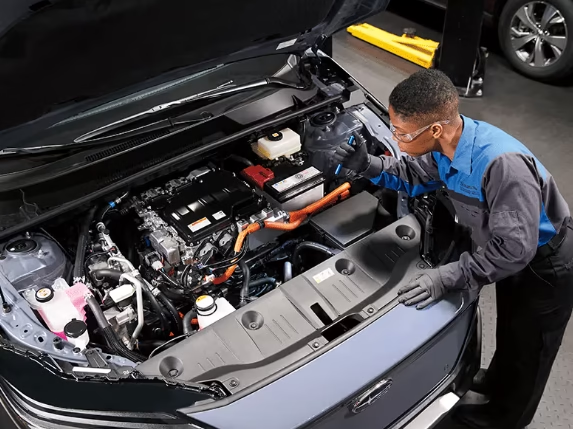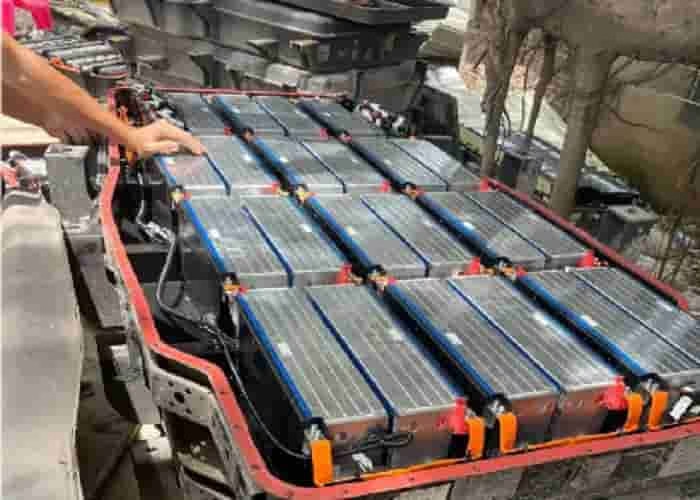With the popularity of new energy vehicles, more and more car owners are beginning to enjoy the convenience of green travel. But in summer, extreme weather such as high temperature, heavy rain, and sun exposure occurs frequently, and the charging safety and battery life of new energy vehicles face multiple tests. If you are not careful, the battery may be damaged, and even cause safety hazards. The following summer charging precautions must be kept in mind by new energy vehicle owners!
01 Pay attention to heat dissipation of the battery. The optimal operating temperature range of the battery is about 20-30℃. Working in this temperature range, the battery has the best performance and the longest service life. Therefore, after using the car, wait for the battery to cool down slightly before charging.
02 Check the equipment in the car. After charging, make sure that the voltage and current are within the normal range before leaving the scene. If conditions permit, you should check the charging status regularly to see if it is normal.
03 Grasp the charging time and frequency. Overcharging, over-discharging, and undercharging will shorten the life of the battery to a certain extent. When using an AC charging pile, the average charging time of a car battery is about 6-8 hours. In addition, fully discharge the battery once a month, and then fully charge the battery. This is conducive to “activating” the battery and increasing the battery capacity.
04 There are particularities in the placement of sockets, cables, and chargers. When charging your car, try to expose the socket in an open and cool place, and connect the cable directly to the socket. At the same time, the cable should be kept away from the sun, and the charger should be placed in a stable and ventilated place.
05 Do not charge in thunderstorm weather. In thunderstorm weather, you should try to charge indoors. When parking, try to choose a place without water accumulation and a high parking space to avoid the battery being soaked in water. If there is water accumulation in the charging area, charging is prohibited.
06 Do not charge immediately after exposure to the sun. Long-term exposure to the sun will cause the temperature of the power box to rise sharply, causing the battery temperature to rise, and accelerate the aging and damage of the lines in the car. Therefore, it is best not to charge in the summer sun.
07 Do not stay in the car when charging. Some people like to stay in the car to rest during the charging process, but this is actually very dangerous. It is recommended that you rest in the lounge during the charging process, and wait until the car is fully charged and unplug the gun before entering the car.
08 Choose a charging pile that meets national standards. Car owners must use a charging pile that meets national standards when charging. Before charging, first confirm the status of the car and whether the equipment is normal. After starting charging, confirm whether the voltage and current are normal. This is not only to protect the battery of your car, but also to protect your own safety.
09 Do not place flammable materials in the car. Many times, the spontaneous combustion of the vehicle is not caused by the problem of the vehicle itself, but by the ignition of various flammable items in the car by high temperature. Therefore, when the outdoor temperature is high, do not place flammable and explosive items such as glasses, lighters, paper, perfume, air freshener, etc. on the dashboard or in the car to avoid irreparable losses.
If you are the owner of a new energy vehicle, what should you do if the vehicle catches fire? Don’t worry, the editor will tell you
Num 01 When there is a burnt or pungent smell in the car, stop the car immediately, then turn off the engine, get off the car, and call the rescue phone to let professional personnel come to deal with it as soon as possible.
Num 02 White smoke will be emitted before the battery catches fire, so when smoke of unknown origin appears in the car, stop the car immediately, and call the rescue phone after getting off the car to keep a certain distance from the problem vehicle.
Num 03 When a car catches fire, call the police immediately and inform the brand and model of the car on fire, so that rescue personnel can quickly understand the type and capacity of the car’s power battery, as well as the vehicle’s maximum voltage, the direction of the high-voltage line, etc.
Num 04 After the fire, you must also pay attention to prevent high temperatures and toxic gases. The combustion temperature of the power battery can reach 1000 degrees Celsius and will produce a large amount of toxic gases.
















Leave a Reply